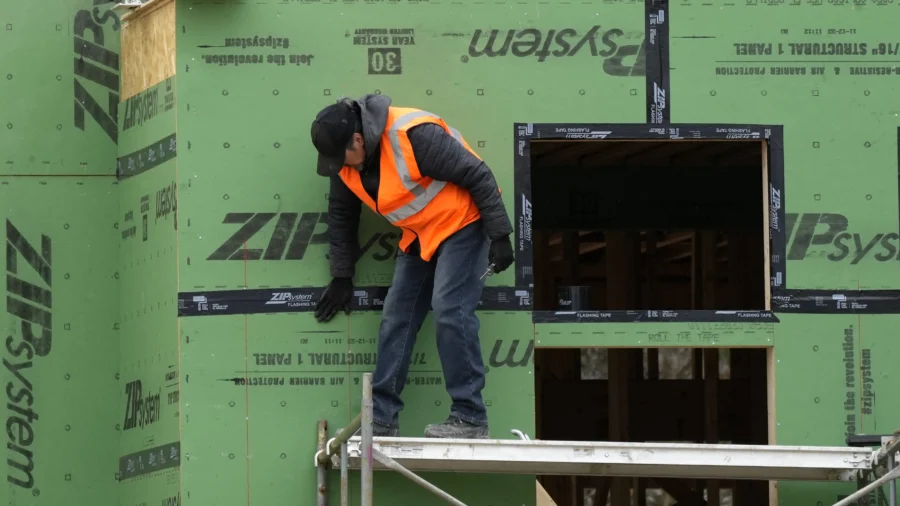The number of Americans filing for unemployment benefits fell last week, delivering a hopeful sign that the labor market is holding up despite a recent spate of data suggesting it may be cracking.
Initial jobless claims, which are a high-frequency data point seen as a proxy for unemployment, fell by 17,000 to 233,000 for the week that ended on Aug. 3, according to data released on Aug. 8 by the Department of Labor.
The reading was lower than the 240,000 market analysts expected and sent Wall Street stock futures higher. Futures on the S&P 500 rose 0.7 percent as of 8:30 a.m. New York time, those on the Nasdaq jumped 0.9 percent, and Dow Jones Industrial Average futures advanced 0.4 percent.
Yields on the benchmark 10-year U.S. Treasury, jumped higher on the news, suggesting investors were seeing the unemployment numbers in a positive light.
“We are officially back to a good news is good news market,” Spencer Hakimian, founder of Tolou Capital Management, said in a post on X.
Economist Mohamed El-Erian, the former CEO of U.S. investment management firm Pimco, called the numbers a “relief after last week’s unemployment and growth scare.”
Hopes that the U.S. economy will bear the long bout of high interest rates without sinking into a recession were dealt a sharp blow last Friday when job creation numbers came in well below expectations and the unemployment rate jumped higher than anticipated. That followed the release of data showing unemployment filings rising to an 11-month high, U.S. manufacturing sinking deeper into contraction, and hiring plans among U.S. firms at their lowest level since 2012.
Markets reacted to Friday’s lackluster job creation data with a selloff in stocks and other risky assets, which continued on Monday, when a measure of trading volatility—dubbed the Wall Street “fear gauge”—soared to its third-highest level in history.
Still, aside from some week-to-week fluctuations, jobless claims have generally been drifting higher since the beginning of the year and, along with them, so has investor anxiety that the labor market is about to take nose dive and a recession is imminent.
Despite Thursday’s Labor Department data showing a downtick in the number of initial jobless claims, the picture was less optimistic as regards continuing jobless claims, which reflect the number of Americans continuing to collect unemployment benefits after filing an initial claim. These jumped to a 33-month high. Continuing claims rose to 1.875 million for the week ended on July 27, which is the highest level since Nov. 27, 2021, when that figure stood at 1.878 million.
Some analysts suggested that the uptick in continuing claims could be a seasonal adjustment issue and that, regardless of whether this is indeed the case, the deterioration in this measure appears to be “modest.”
“There’s no sign of a further meaningful increase in ‘unemployed due to permanent layoffs,’ the increases in continuing claims have been too small,” Guy Berger, director of economic research at the Burning Glass Institute, said in a post on X.
Federal Reserve officials have acknowledged that the central bank’s interest rate policy has led to some obvious cooling in the jobs market and have vowed that the Fed is prepared to respond with rate cuts if the unemployment rate were to spike unexpectedly or in case of serious deterioration in other economic indicators.
The Federal Reserve Bank of Chicago chief was asked if an inter-meeting emergency rate cut is on the table, he struck a noncommittal tone, saying that “everything is always on the table,” including rate increases—if that’s what the incoming data warrant, such as inflation heading back up.
From The Epoch Times

